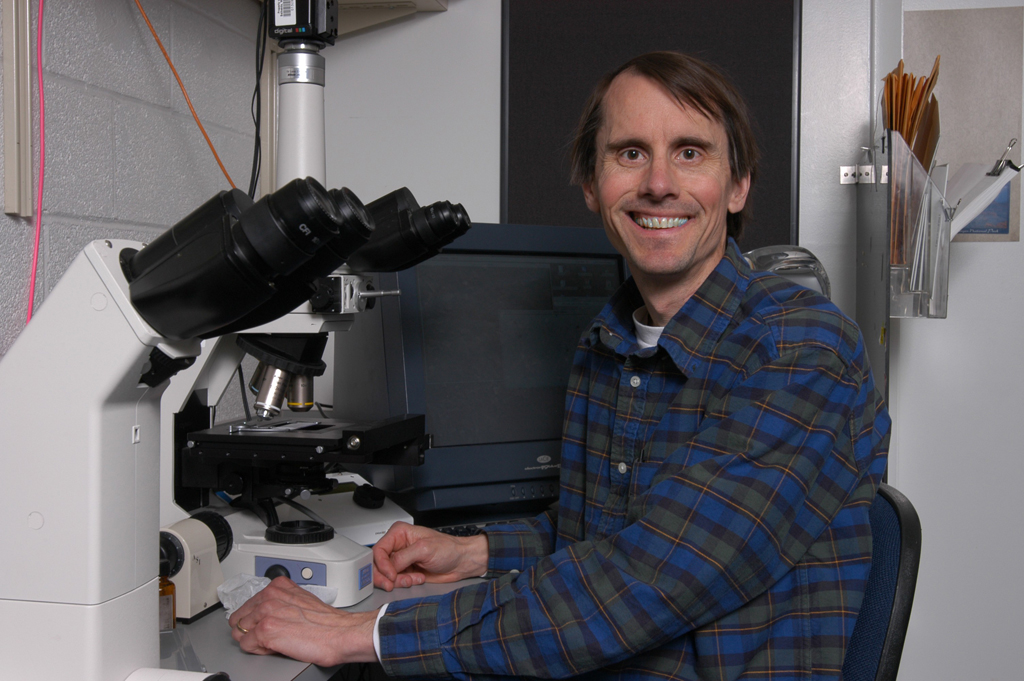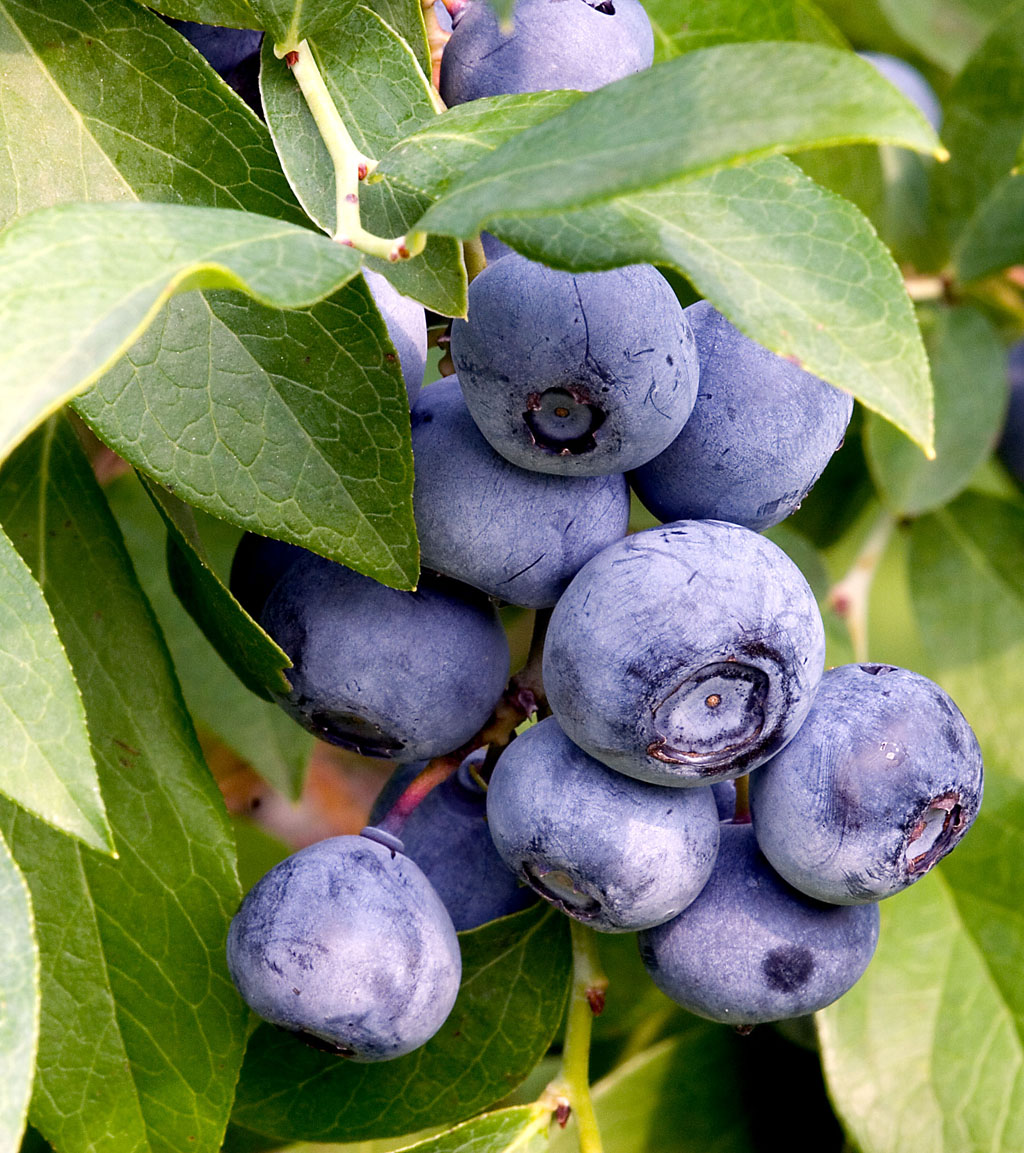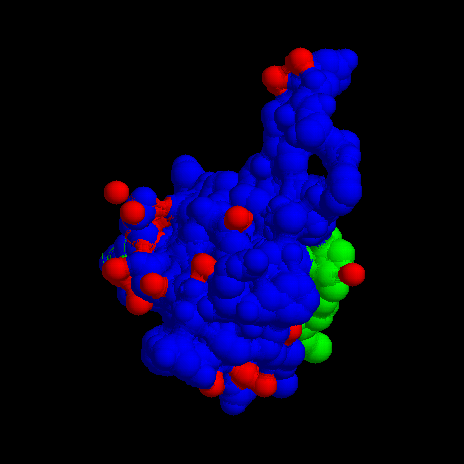Hormesis forms the foundation of the practice of intermittent fasting (IF) — cyclically restricting and modifying caloric consumption in a repetitive pattern. Join Susie T. Gibbs of Fast Days Healing Days as she looks at what hormesis is and how it could protect our health and extend life.
Have you ever heard the expression, “The dose makes the poison?”
This saying is derived from a quote by Paracelsus, a Swiss-German born Renaissance doctor, botanist, alchemist and astrologer. Known as the “father of toxicology,” what Paracelsus actually said was, “All things are poison, and nothing is without poison; only the dose permits something not to be poisonous.” Any chemical can be poisonous when consumed in a large enough dose or over a long enough period of time—even oxygen and water.
This quote encapsulates the biochemical theory of hormesis, which Webster describes as a bi-phasic (2 phase), dose-dependent relationship between a toxin (or a harmful substance) that at high doses, results in harmful, unwanted outcomes, but in small doses, offers benefit to the organism. This principle of hormetic response is one of the fundamental principles behind calorie restriction and intermittent fasting.
Mark Scisson, of Mark’s Daily Apple, wrote an article on hormesis a couple of years ago that brilliantly and simply explains the principle of hormesis and the most common applications of hormetic action in our daily lives: exercise, calorie restriction/intermittent fasting (IF), radiation, and sun exposure are common forms of stressors that elicit hormetic response.
Scisson explains a little is good, a lot is well, not-so-good. Think of having a year of chronic stress and the toll that takes on the body: adrenal fatigue, hormonal imbalance, sleeping disturbance, weight gain, cardiac and blood pressure irregularities, or worse, cancer and development of chronic diseases of inflammation. So stress in the acute phase could save your life, fight or flight, hyper-aware, escape danger or “that thing that’s about to eat you,” but in long-term stressors…not so much. The dose makes the poison.

Mark Mattson, PhD, leading researcher in longevity and ageing. Image courtesy of the Brain Science Institute.
Mark Mattson, PhD, one of the pre-eminent experts on ageing, is Professor of Neuroscience at Johns Hopkins University and is Chief of the Laboratory of Neurosciences at the National Institute on Ageing. Mattson is the Editor-In-Chief of Ageing Research Reviews and NeuroMolecular Medicine. He also edits several other neuroscience journals. His particular field of interest is brain function, stress response, ageing and age-related neurodegenerative disorders, and he’s researched hormesis and age-related disease for years.
In his review titled, Hormesis Defined, published in Ageing Research Review, he discusses plant polyphenols, that we recognize as “anti-oxidants,” but are actually plant poisons produced by the plant in an effort to make them less attractive to insects and predators. In other words, to ensure the survival of the species, they produce toxins. When we consume these toxins in small amounts, they have an opposite reaction—they produce good effects, rather than toxic effects. But, as Paracelsus warns—the dose does make the poison; and as Scisson points out, eat a Volkswagen-sized blueberry and the effect of anthocyanin (a plant polyphenol present in blueberries), might be deleterious to your health. But eat a handful or two and you get an anti-oxidant boost.
The pathways through which hormetic response is activated are still being investigated, but the early results seem to link to the Nrf-2 (nuclear factor erythroid 2-related factor 2) signaling pathway which activates the transcription of over 200 genes that have cytoprotective (cell protectors) functions that help to reduce oxidative damage and inflammation and may also extend lifespan. Nrf2 also interacts with powerful cell regulators: tumor suppressor protein 53 (p53) and NF-kB (nuclear factor-kappa beta). The interaction of these regulators in conjunction with Nrf2 are considered the “guardian of lifespan,” protecting against age-related diseases such as neurodegenerative disorders like Parkinson’s and Alzheimer’s, and cancer. It may also determine longevity, and may actually be the master-switch for ageing.
We give you this background because hormesis is thought to be the driving action behind calorie restriction and IF. When we intermittent fast, the body becomes mildly stressed, signaling cytoprotective pathways to be “upregulated” or go into high action to protect against cell death and starvation. Old, broken proteins are cleaned-up and recycled. Many markers of disease are improved such as IGF-1 (insulin growth factor 1), cells become more responsive to insulin, blood sugar reduces (which is associated with higher insulin levels in people with a functioning pancreas), blood pressure drops, heart rate drops. And it’s thought that operating in caloric deficit has protective effects against ischemic events (heart attacks and strokes).
Many of these hormetic effects have been well-documented in rodent and monkey studies, and even in invertebrate studies such as roundworms. There are also human studies that show the benefits of calorie restriction and IF on obese subjects. But there are more studies needed to further evaluate the effects of hormetic response on health and longevity in humans. At this point, the research looks promising and the effects of IF and calorie restriction on brain health offers hope against the threatening pandemics of diabetes, obesity and age-related neurodegenerative disorders.
Until then, the dose will continue to be the poison as it relates to intermittent fasting: a little is good (reduced inflammation, weight loss); too much is bad (anorexia and death). Let your individual dose, be your guide and listen to your body (and your doctor).
Copyright © 2014 Fast Days Healing Days. All rights reserved.





Recent Comments